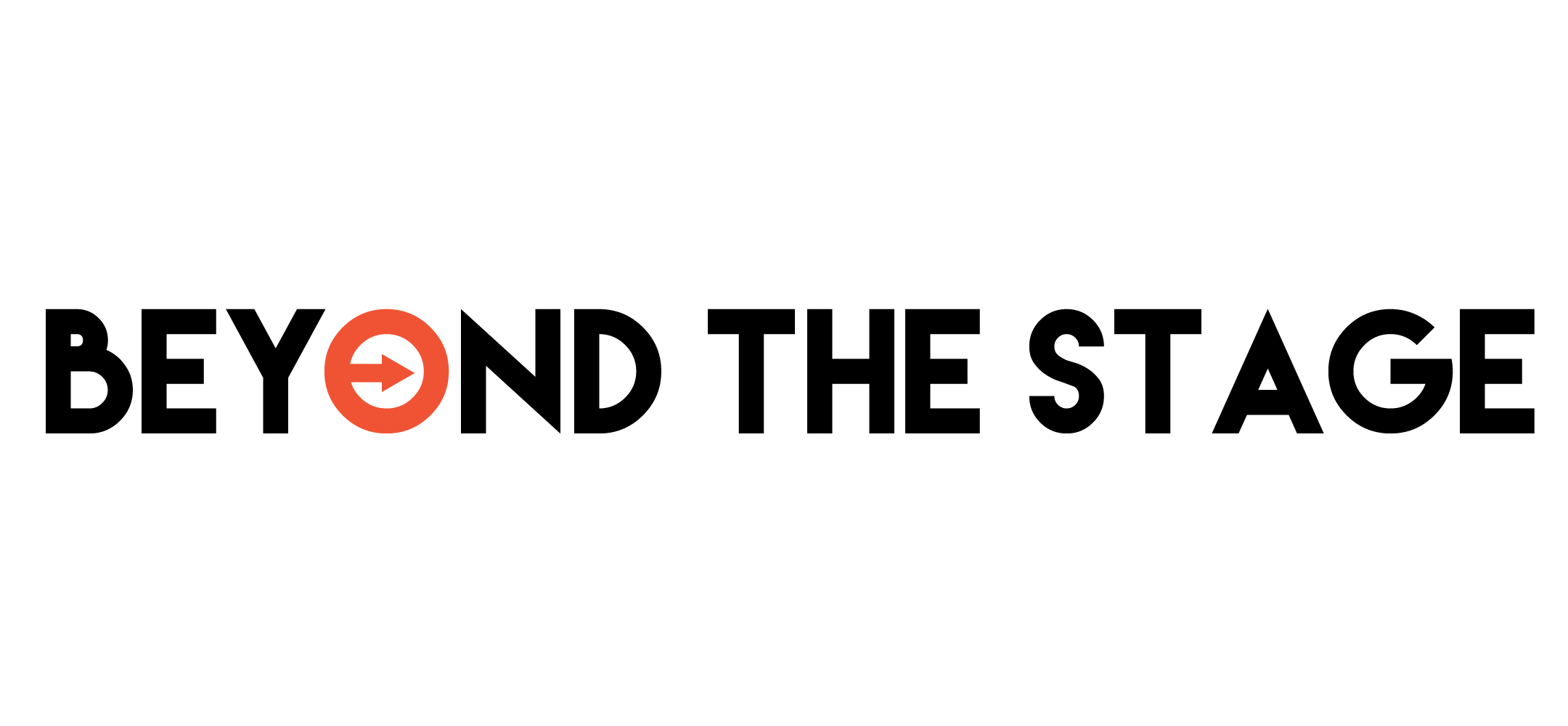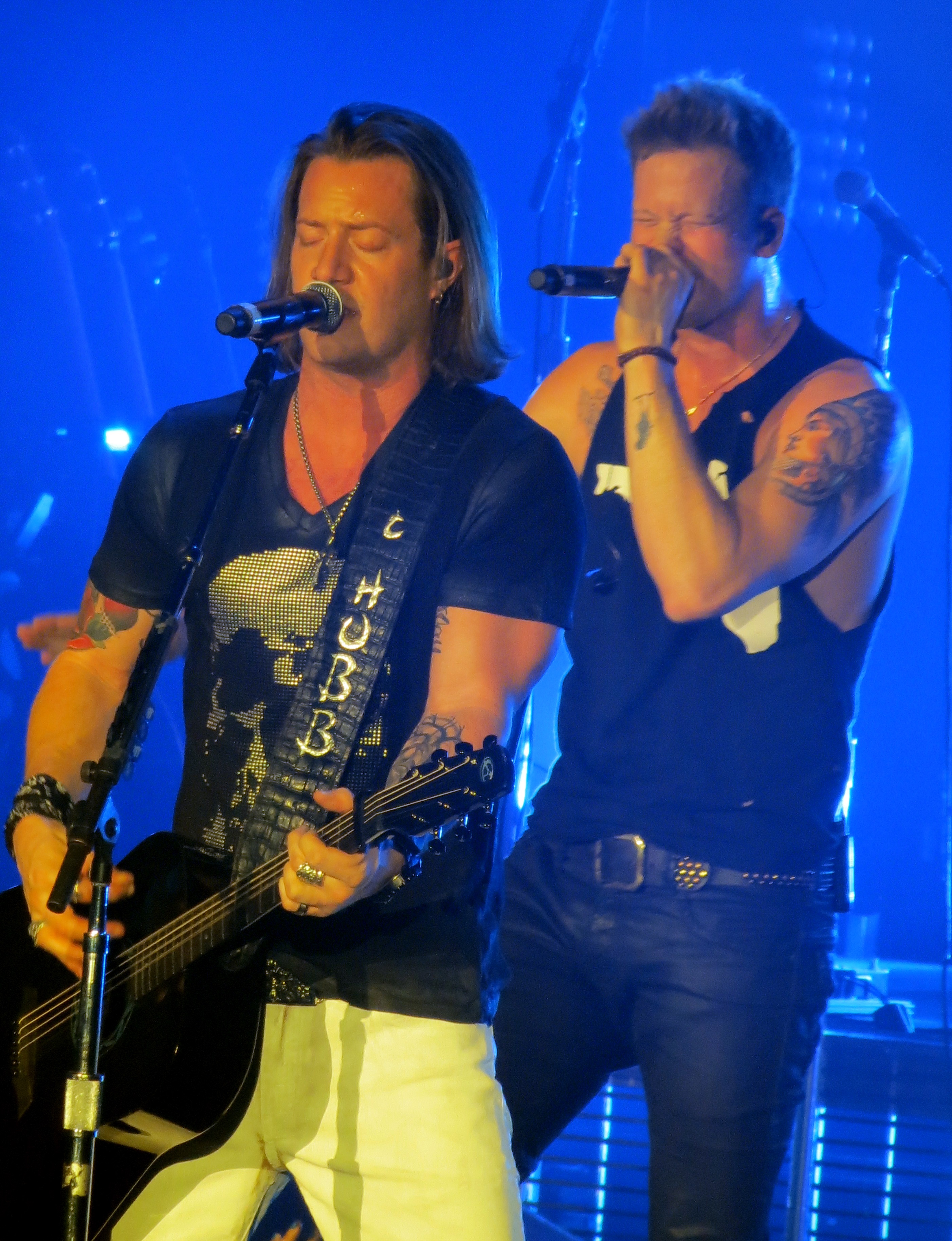Before I start, everyone should have their chill pills at the ready. On the count of three, everyone take them together. Ready? 3…2…1…take your chill pill now. Good. I hope that keeps you from throwing tomatoes at my head for writing this (or for using that pun).
For anyone who does not know why I am talking about tomatoes or what this is going to be about, here is a basic recap. Keith Hill, a radio consultant, wrote a rather controversial piece of advice for country radio programmers. Here is the exact quote: “If you want to make ratings in Country radio, take females out…The reason is mainstream Country radio generates more quarter hours from female listeners at the rate of 70 to 75%, and women like male artists. I’m basing that not only on music tests from over the years, but more than 300 client radio stations. The expectation is we’re principally a male format with a smaller female component. I’ve got about 40 music databases in front of me and the percentage of females in the one with the most is 19%. Trust me, I play great female records and we’ve got some right now; they’re just not the lettuce in our salad. The lettuce is Luke Bryan and Blake Shelton, Keith Urban and artists like that. The tomatoes of our salad are the females.”
The country music world erupted. Female artists of all generations showed their outrage on social media. All of them pointed to this incident as evidence that there is legitimate sexism in country radio playlists against female artists. Among them was Martina McBride, who said that she “was taken aback by the comments” and “felt them to be sexist and condescending toward female artists.”
Here is the thing: the issue that most people were having with Hill’s statement was not based in anything he actually said. His rationale for not playing female artists on country radio was that “mainstream country radio generates more quarter hours from female listeners at the rate of 70-75%, and women like male artists”. For clarification, the term “quarter hours” refers to “the average number of persons listening to a particular station for at least five minutes during a 15-minute period”. The more quarter hours you have, the more valuable your air space is to ad buyers, and the more money you make from advertisements. For Hill, it’s not personal. It’s not really about the fact that the artists are female. It’s just business. It’s all about the bottom line.
Additionally, the fact that there are a lot of male country artists being played on country radio can be both a blessing and a curse to those artists. While this might give them a better chance of being played on the radio, it becomes harder for male country artists to stand out if you’re doing something similar to what everyone else is doing. Unless you are someone like Eric Church who is immediately recognizable by his voice and his sound or someone like Blake Shelton who has celebrity name recognition from other ventures, you are going to have a hard time as a male artist getting your name out there. Besides, there is no performance right for FM radio in the United States. This means that when a song gets played on the radio, the artist does not get paid for that spin, so there is no financial benefit to getting played more as an artist (though there absolutely is for songwriters). The point is, even though it might be more likely that your song gets played on country radio as a male artist, it is a lot harder to break out of the pack which might arguably be more important than simply being played on the radio.
The main thing that people took issue with was not anything that Hill explicitly said, but rather a feeling that McBride brought up in her comments. She said: “the response from my followers on Facebook and Twitter has been overwhelmingly full of comments that disagree wholeheartedly with what was said in the article and how they, as the core audience, feel misrepresented.” The issue was that Hill had an idea of how country radio worked based on the statistics and that idea contradicted what the actual country music audience felt. If that had been the issue people were raising with his comments, then that would have been totally valid and could have lead to a question of whether the methodology radio analysts use to measure listeners is really accurate.
However, that is not what the outrage was about. The issue became a cause that was about more than country radio. It became about the social, political and economic equality of the sexes as represented in country music. The reaction became a feminist rallying cry with the basic manifesto of female country artists deserving to be on country radio just as much as their male counterparts. It gave people a moral imperative to request female singers on country radio.
As a point of comparison, Jay-Z and co. were going for this exact strategy with their streaming service Tidal. Their idea was to promote the value of music as well as the idea that people ought to pay the creators for the music they make. They similarly aimed to create a moral imperative for people to pay for music. Their problem was that the group of musicians promoting Tidal were people like Madonna, Nicki Minaj, Alicia Keys, Jay-Z and other hugely successful multimillionaire artists saying that they wanted to get paid. There was a cognitive dissonance that nearly everyone picked up on and they failed to create the enthusiasm they wanted for their streaming service. Unlike Tidal, the moral imperative was there because it transcended the business. It became a moral and ethical issue for female artists to be appreciated and to be treated as equals on country radio. The near-absence of female artists on country radio became a symbol of a lack of representation of females across the board in all areas.
This, for the record, wasn’t really the point Hill was trying to make. He said to take females out with the qualifier of “if you want to make ratings in country radio”. His point had nothing to do with the quality of female country artists. Still, even though the reaction was not really accurate and was not based on a sophisticated reading of Hill’s actual statement, it worked. Shortly after this outcry, Kelsea Ballerini became the first female artist in six years to have her debut single hit #1 on country radio. This achievement was treated as a victory not just for female artists on country radio, but for women everywhere. Female country legends congratulated Ballerini on her success. It was everything every feminist would want: women sticking together and supporting one another in a business that appeared and continues to appear biased against them.
No matter what his intent was when he said those things, Hill created a firestorm of support for female country artists and empowered country fans to request more female artists on their local stations. At the end of the day, if the goal is to get the best possible country music out there, then it does not matter whether it comes from a male or female artist. However, having a balance of all different types of artists who sing different types of country music leads to a greater chance for artists to be measured in a more meritocratic way and allows a greater chance for all possible perspectives to be expressed. It might behoove us in the future to read a little more carefully and give the unpopular argument a critical look before crucifying the arguer.
References:
All quotes referenced come from this article: http://www.usatoday.com/story/money/business/2015/05/29/women-country-radio/28162177/ –
The definition of “quarter hour” comes from this term list from Nielsen:
http://www.arbitron.com/downloads/terms_brochure.pdf
- Today in Music History: April 7 - April 7, 2023
- EP Review: Michigander’s It Will Never Be The Same - March 31, 2023
- Deep Dive: Spotify’s ALT NOW Playlist - March 30, 2023








